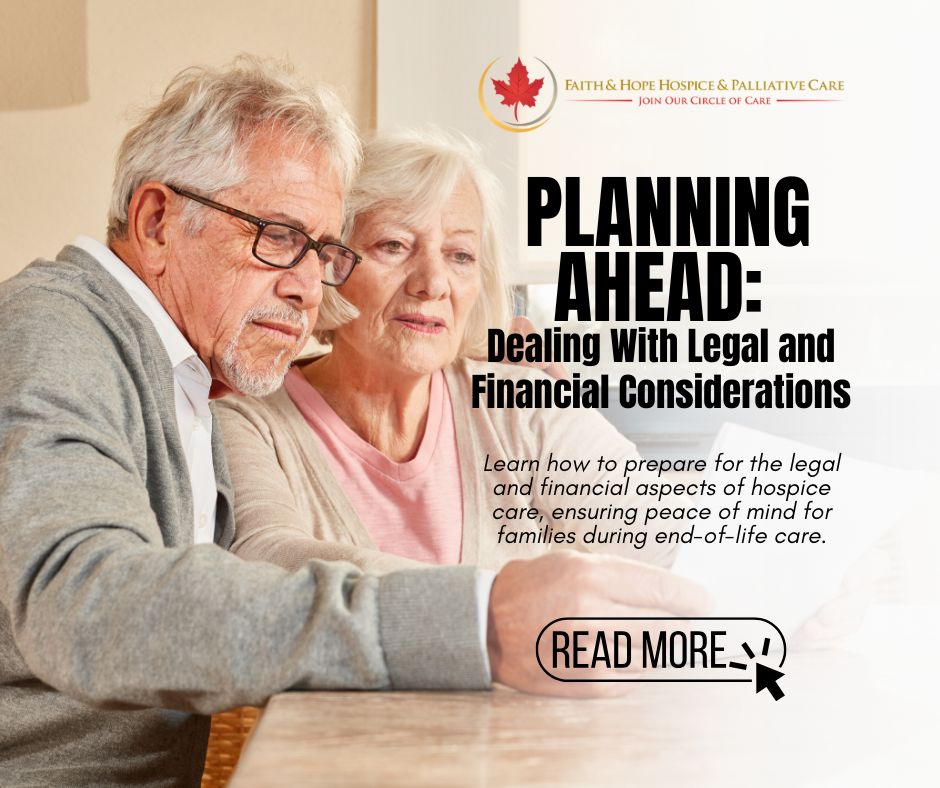Medical hospice professionals in Burbank Ca explain to us that strokes vary in type and severity, so many people want to know whether their loved one is suitable for hospice care in Los Angeles or Burbank? This depends on many factors. It is important to know all you can about stroke or a cerebrovascular accident since it helps to figure out when hospice care in Burbank Ca is needed.
Unfortunately, stroke is the leading cause of adult disability in the United States; It happens when blood flow to the brain is interrupted. When the brain cells are starved of oxygen, they begin to die. This results in a person losing their abilities that were controlled by that part of the brain. Also, this can include memory and muscle control.
The following occurrences depend on what area of the brain was affected, how quickly care was given, and how much the brain was damaged.
What Are The Symptoms Of A Stroke?
If you or a loved one may be experiencing a stroke, keep a note of the time the symptoms started. Some treatment options are most effective when given immediately after a stroke starts.
Hospice care professionals in Burbank Ca explain the signs and symptoms of stroke here:
- Difficulty speaking and understanding what others are saying. You may experience confusion, slur your words or find it challenging to understand speech.
- Paralysis or numbness of the face, arm, or leg. You may develop sudden numbness, weakness, or paralysis in your face, arm, or leg. This usually affects just one side of your body. Try to raise both your arms over your head simultaneously. If one arm starts to fall, you may be having a stroke. Also, one side of your mouth may droop when you try to smile.
- Problems seeing in one or both eyes. You may suddenly have blurred or blackened vision in one or both eyes, or you may see double.
- Headache. A sudden, severe headache, which may be followed by vomiting, dizziness, or altered consciousness, may mean that you’re having a stroke.
- Trouble walking. You may stumble or lose your balance. You may also have sudden dizziness or a loss of coordination.
When Should You See A Doctor?
Get immediate medical attention if you see any signs or symptoms of a stroke, even if they seem to come and go or they disappear completely. Think and use the acronym ‘FAST’ down below:
- Face. Ask the person to smile. Does one side of the face droop?
- Arms. Ask the person to raise both arms. Does one arm drift downward? Or is one arm unable to rise?
- Speech. Ask the person to repeat a simple phrase. Is his or her speech slurred or strange?
- Time. If you observe any of these signs, call 911 or emergency medical help immediately.
Call 911 or your local emergency number as soon as possible. Don’t wait to see if symptoms stop. Every minute counts. The longer a stroke goes untreated, the greater the risk for brain damage and disability.
If you’re with someone you believe is having a stroke, watch the person carefully while waiting for emergency assistance.
What Is The Stroke Hospice Criteria?
The good news is that many people have managed to recover from a stroke. The sad news is that there are some who don’t. For these individuals, hospice can support their families by offering comfort and care.
There are various effects when it comes to strokes, and they can lead to long-lasting damage. The nervous system can become horribly affected and will make other parts of the body stop functioning. This is where hospice care will then be required for some patients.
We don’t know for certain whether or not a person will become better or worse after their stroke. System management is normally what a hospice team professional concentrates on when they have patients that suffered from a terrible stroke.
To qualify for hospice care, a patient has to meet specific criteria. Stroke hospice criteria include:
- Mainly bed or chair bound
- Impaired functional status
- Alterations in orientation status
- Needs assistance with activities of daily life (ADLs)
- Unable to maintain sufficient fluid and caloric intake
- Progressive weight loss
- A prognosis of six months or less to live if the condition follows the usual course
What Support Does Hospice Care Offer After A Stroke?
Hospice care aims to provide comfort after a person has had a stroke to manage a patient’s symptoms and pain.
Patients receive visits from hospice nurses, aides, social workers, chaplains, volunteers, and bereavement counselors to meet the patient’s physical, emotional, and spiritual requirements. This care is 100% covered by Medicare, Medicaid, and private insurance for patients who meet the hospice criteria.
Persons receiving hospice care will get medication to treat symptoms related to their stroke at no cost. Mandatory equipment such as hospital beds or a wheelchair and medical supplies like incontinence pads and bandages will also be given.
When Should You Call A Hospice?
It isn’t so easy to know when you should begin, but it is essential to have the hospice conversation as soon as possible, even if you or your loved one does not meet the cerebrovascular accident hospice criteria at the moment. Faith and Hope Hospice and Palliative Care is available to provide you with consultation and advice on the best ways to handle this conversation.
For more information on how Faith and Hope Hospice and Palliative Care can support patients who have suffered a severe stroke and their families, visit our website or give us a call at (888) 760-9641.



